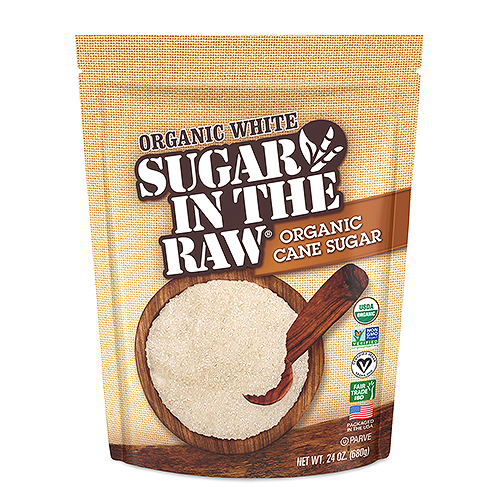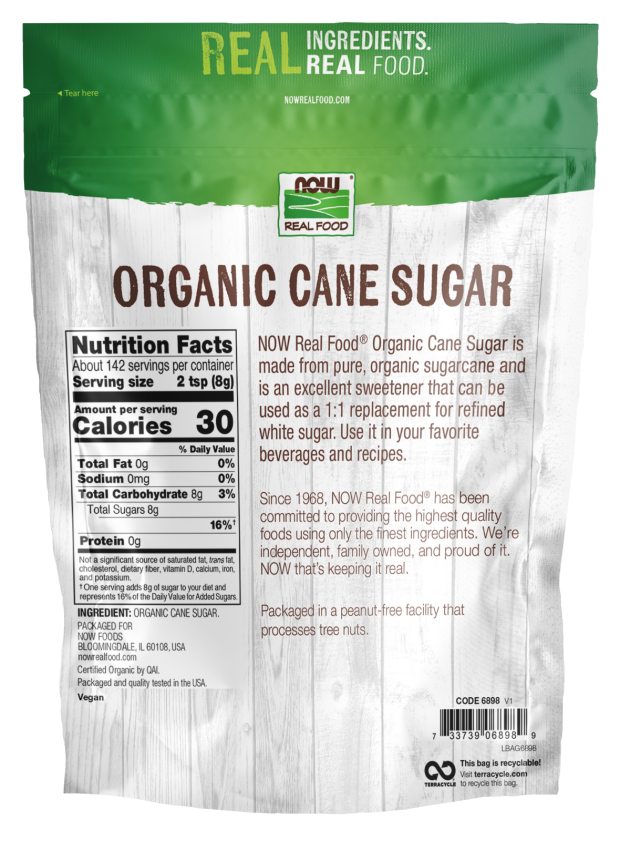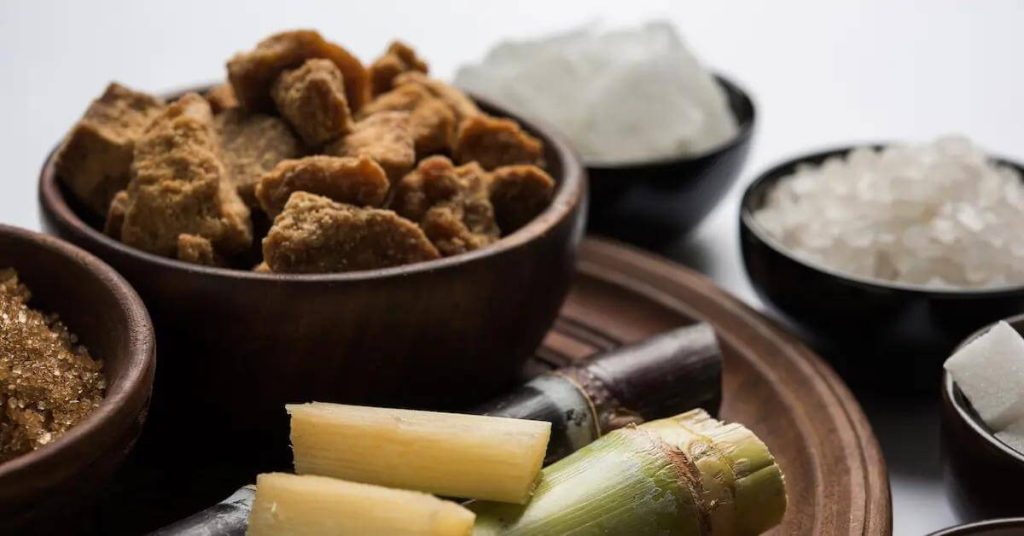Cane Sugar Processing: Traditional Methods and Modern Innovations
Cane Sugar Processing: Traditional Methods and Modern Innovations
Blog Article
Discovering the Comprehensive Tips Involved in Cane Sugar Handling From Collecting to Improvement
The procedure of walking cane sugar production incorporates a collection of elaborate steps, starting with the careful harvesting of sugarcane and culminating in the improvement stages that make sure the last product satisfies sector requirements. Each stage, from the extraction of juice to the filtration and condensation procedures, plays an essential duty in establishing the quality and character of the sugar.
Gathering Sugarcane
Gathering sugarcane is a critical action in the cane sugar handling chain, as it straight affects the top quality and return of the end product. Proper timing and techniques are important during this phase to ensure optimal sugar web content and decrease losses. Generally, sugarcane is harvested when it reaches maturity, typically 12 to 18 months after planting, characterized by a high sucrose concentration.

Post-harvest, the sugarcane must be processed quickly to prevent sucrose destruction. Ideally, collected walking stick should be carried to processing facilities within 24-hour to preserve sugar high quality. For that reason, effective logistical planning is crucial to preserve the honesty of the harvested plant throughout the supply chain.
Extraction Refine

The crushed cane is subjected to a series of pushing procedures to make the most of juice recovery. Commonly, warm water is splashed onto the crushed walking stick, producing a countercurrent circulation that helps dissolve the sugar while likewise helping in the removal process. The juice accumulated from this procedure includes not only sugar yet additionally different organic compounds and contaminations.

To improve removal performance, some facilities might employ diffusion approaches, where the sugarcane is taken in hot water, enabling the soluble sugars to diffuse right into the liquid. The resulting juice, rich in sucrose, is then routed to succeeding processing stages, laying the structure for purification and refinement. The extraction procedure is hence crucial in determining the quality and yield of the final sugar item.
Filtration Strategies
The filtration strategies used in walking cane sugar handling are crucial for changing the raw juice right into a top notch sugar item. These approaches primarily intend to remove pollutants, such as dirt, plant products, and inorganic compounds, which can detrimentally affect the end product's taste and color.
This procedure includes adding lime read and warmth to the raw juice, which promotes the coagulation of contaminations. Furthermore, the use of phosphoric acid can boost the explanation process by further binding contaminations.
Another substantial strategy is carbonatation, where carbon dioxide is introduced to the made clear juice. This reaction creates calcium carbonate, which captures continuing to be contaminations and advertises their elimination.
Moreover, activated carbon treatment might be put on adsorb any kind of staying colorants and organic impurities, guaranteeing a more polished item. The combination of these methods effectively prepares the sugar juice for succeeding actions in the refining process, setting the stage for the production of premium cane sugar.
Formation Techniques
After the purification stage, the next critical action in walking stick sugar handling includes formation methods, which play important link an essential duty in changing the clarified juice into strong sugar. This procedure generally utilizes 2 key methods: spontaneous crystallization and controlled formation.
In spontaneous formation, supersaturated sugar remedies are permitted to cool down normally, leading to the development of sugar crystals over time. This approach permits for the consistent development of sugar crystals and higher purity.
Throughout formation, the made clear juice is concentrated via dissipation, boosting its sugar web content till it gets to supersaturation. When this point is achieved, either method can facilitate the crystallization procedure. Cane Sugar Processing. The resultant sugar crystals are after that divided from the remaining syrup through centrifugation
Ultimately, the selection of formation approach influences the quality, size, and pureness of the final sugar item, making this action important in the general walking cane sugar handling treatment.
Improvement and Product Packaging
Exactly how can the purity and top quality of cane sugar be further improved after formation? The refinement procedure plays a crucial function in attaining premium walking cane sugar.
Next, the sugar goes through a procedure called centrifugation, where it is spun at high rates to separate the detoxified sugar crystals from the remaining fluid. After centrifugation, the sugar is usually further fine-tuned with an approach called carbonization or phosphatation, which utilizes triggered carbon or phosphoric acid to get rid of shade and off-flavors.
Once fine-tuned, the sugar is dried out to attain the desired wetness material, guaranteeing that it stays secure throughout storage and transportation. The last action involves packaging the polished sugar in moisture-proof and closed containers to preserve its top quality and stop contamination. Cane Sugar Processing. Proper product packaging not only expands life span however also facilitates simple handling and distribution, ensuring that consumers receive sugar that fulfills the highest standards of purity and top quality
Conclusion
The comprehensive actions associated with walking stick sugar handling, from the careful harvesting of sugarcane to the complex improvement and product packaging phases, emphasize the relevance of each stage in making sure top quality sugar production. Optimum harvesting methods, efficient extraction approaches, and strenuous purification processes jointly add to the end product's basics purity and security. The condensation and subsequent packaging techniques further enhance the honesty and rack life of the sugar, highlighting the complexity and precision fundamental in this vital agricultural industry.
The process of cane sugar manufacturing incorporates a collection of detailed actions, starting with the cautious harvesting of sugarcane and finishing in the refinement stages that make sure the final item satisfies sector requirements. Ideally, collected walking stick should be transported to refining facilities within 24 hours to maintain sugar quality.In spontaneous formation, supersaturated sugar services are permitted to cool normally, leading to the formation of sugar crystals over time - Cane Sugar Processing. The improvement process plays a critical function in achieving top notch walking stick sugar.The thorough steps entailed in cane sugar handling, from the thorough harvesting of sugarcane to the elaborate improvement and packaging phases, underscore the value of each phase in making sure high-quality sugar manufacturing
Report this page